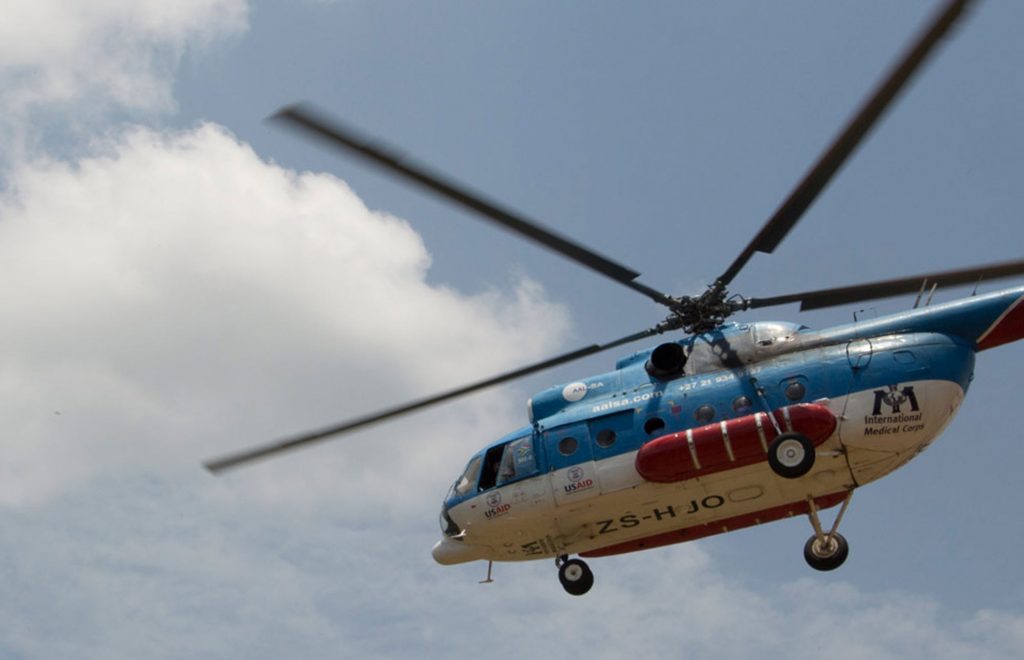In just one week after launching, International Medical Corps’ latest aid in the fight against Ebola, the Rapid Response Initiative helicopter, has been busy transporting blood samples from suspected Ebola patients in remote locations to testing labs.
In as little as one hour, our helicopter can be in the air and transporting an entire Ebola treatment unit (ETU) (and necessary staff) to an Ebola-affected area. The helicopter can also quickly transport blood samples and patients out of the red zone. A specially constructed patient isolation chamber has been retrofitted in the helicopter, allowing the team to safely transport a suspected or confirmed Ebola patient to an existing Ebola treatment unit should it be necessary.
“The main aim is to prevent the spread of an outbreak from where it is detected,” said Elvis Ogweno, Rapid Response Initiative (RRI) Director – an outbreak being defined as one or more cases of laboratory-confirmed Ebola.
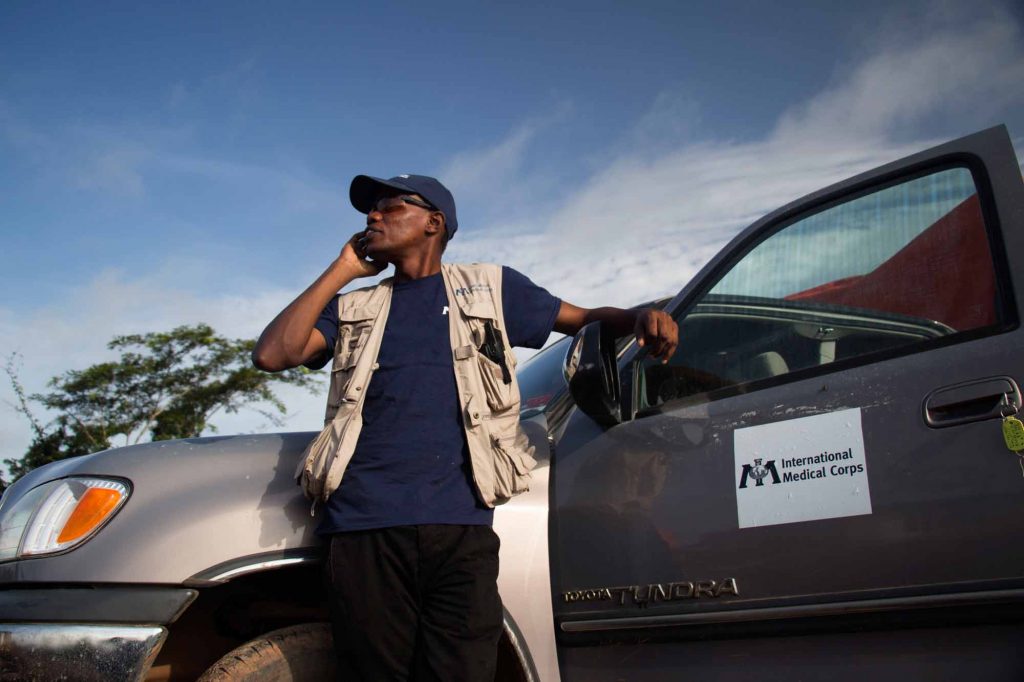
“I have seen patients dying in villages because there has been no way of moving them,” said Ogweno. “The helicopter expands our options for Ebola patient movement.”
Liberia is a vast country, covered in large swaths of forest and jungle, and many of the Ebola case clusters were in remote villages.
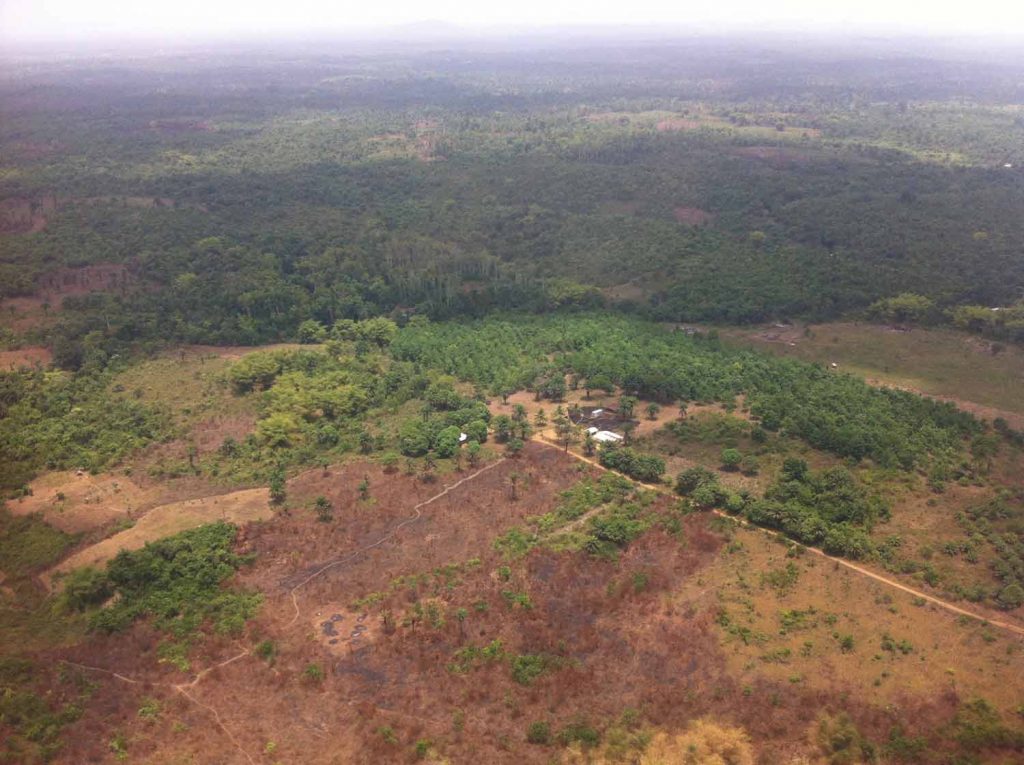
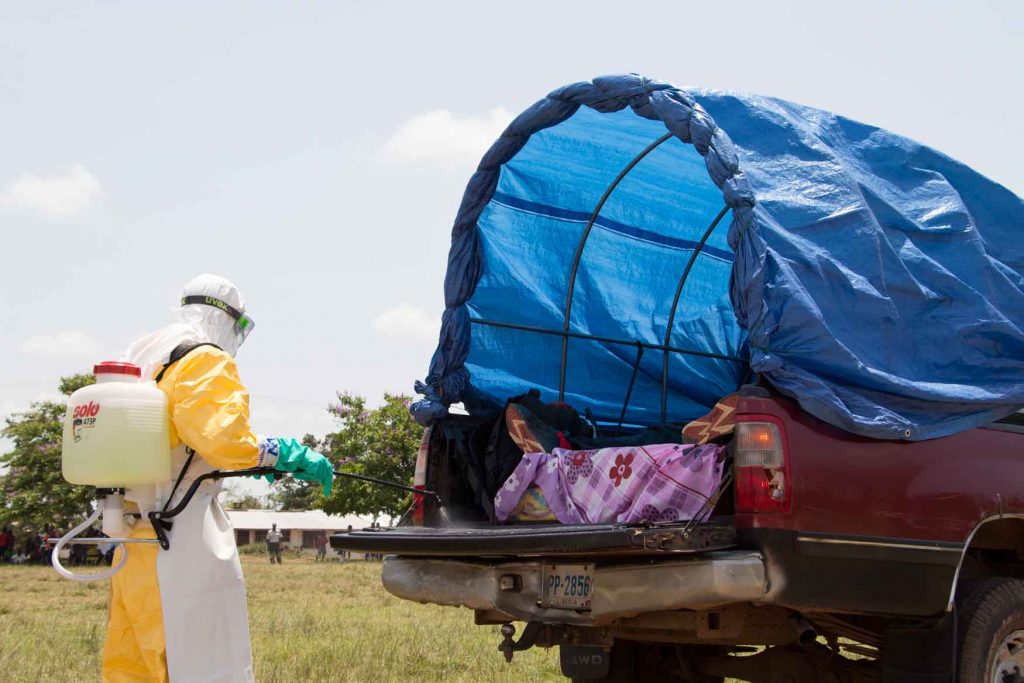
In November 2014, there was an Ebola outbreak in a town called Glegarsiasue, deep in the Bong County forest. Glegarsiasue was around a four hour walk from Gbarpulu, the nearest town accessible by road.
Six potential Ebola patients had phoned the emergency Ebola line to say they had traveled from Glegarsiasue to Gbarpulu because they needed to be tested. Two women and four of their children, aged between six and 12 years old, had already walked the four hours from their village to the riverbank, made the half hour journey across the river by canoe and were waiting on the other side to be picked up.
But it was already 4 p.m., and International Medical Corps’ protocols state that no patients are to be picked up after 4, as putting on full PPE in the dark increases the risk of potentially exposing health workers to Ebola.
“But it was two ladies and their four children,” said Ogweno. “We just had to help them.”
So at 4:30 p.m., a larger-than-usual fleet of four ambulances and four cars left the Bong County Ebola treatment unit. The ambulances were used to transport the patients, and the cars were used to provide light when they arrived at the riverbank so staff could don and doff PPE safely.
At 9 p.m., the vehicles finally reached the riverbank. It was raining so hard that two of the ambulances got stuck in the mud. It took another 45 minutes to pull the vehicles out using machetes to cut the bush down and rope to pull them free.
In pitch black and driving rain and guided only by the lights of the four vehicles, a nurse and two chlorine sprayers put on full PPE to assist the women and children.
“For me, my main worry was the children,” said Ogweno. “Spending the night at the riverbank was going to be very dangerous for them because it would delay their medical care. Also, with the rain like it was, their mothers may have been tempted to sneak them all into the village of Gbarpulu to look for shelter and they could have infected many people in an area that hadn’t been exposed to Ebola.”
The mission was a success, and all six patients, staff, cars, and ambulances finally arrived safely back at International Medical Corps’ Ebola Treatment Unit (ETU) in Bong County at 3:30 in the morning.
All six patients tested positive for Ebola, and all of them survived.
But the fact that they had Ebola and had come from a remote village, a 4-hour walk from the nearest town accessible by car meant hundreds more could potentially be infected and there was little anyone could do to help.
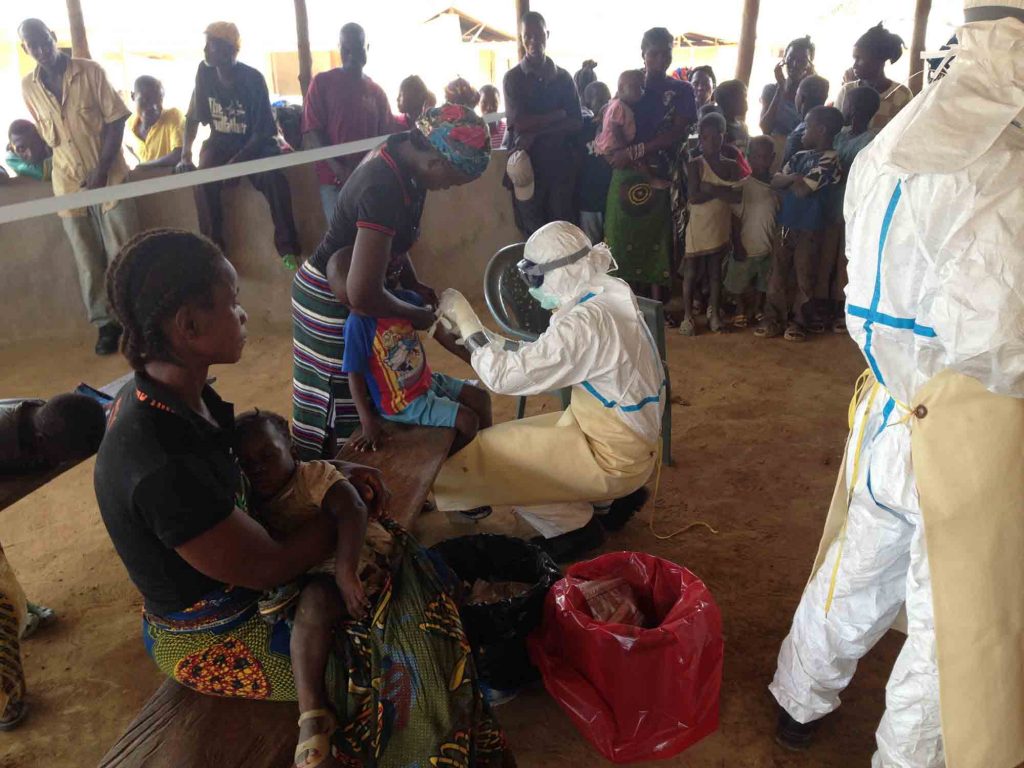
“Something needed to be done,” said Ogweno. “We needed to get in and take samples, separate those who had it from those who didn’t. This was it for me. We really needed that helicopter, not only for the transportation of supplies, but also one that could carry specimens and Ebola patients.”
“It’s simple, we just want to save lives.”

